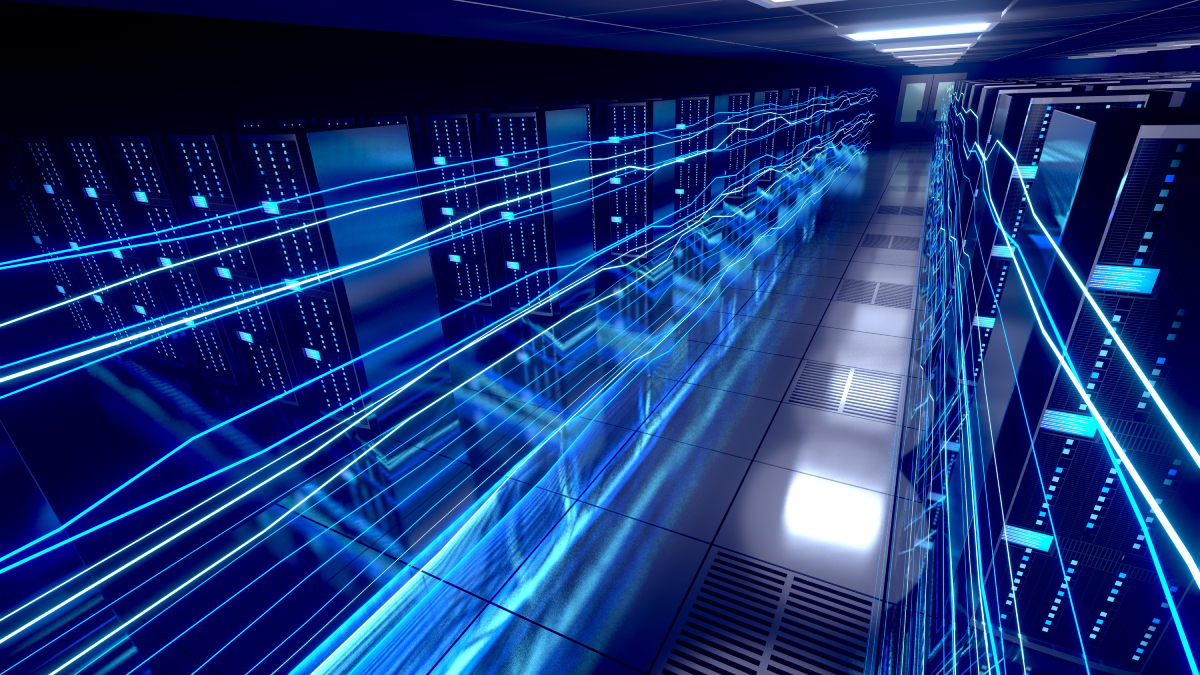Data centres are responsible for almost 1% of global electricity demand and 0.3% of all global CO2 emissions. Energy efficiency has been brought into focus by the volatility of the energy market – but for most data centres, it has been on the agenda for a long time.
In Europe, the Climate Neutral Data Centre Pact, a movement representing 90% of Europe’s cloud and data centre sector, has attempted to head off any regulatory restrictions by submitting a self-regulatory initiative proposal to make the sector carbon neutral by 2030.
This is driving technology and processes in several areas, which include engine optimisation for diesel generators, new approaches to more environmentally friendly maintenance, development of renewable fuels such as hydrotreated vegetable oil (HVO) and research into megawatt-scale batteries and hydrogen fuel cells. But these advances take time and have their own scalability and cost challenges.
Data centres need to review and where possible, improve energy efficiency measures. It’s good for the planet to do so but if steps aren’t taken, the future growth as a business may also be impinged. Innovations in technology and processes are being implemented for sustainable uninterruptible power supply (UPS) systems.
These are:
- Reducing power loss – by choosing a high efficiency UPS
- Size to actual load – by taking advantage of the correct load and smart running modes
- Battery technologies – taking a wider view including management and recycling.
For many years, the efficiency of a UPS has been gradually improving but it has been the mechanical cooling systems that have attracted the most attention regarding the energy overheads reduction. Now by taking all three of these points into consideration, data centre managers can improve their energy efficiency – with immediate effect.
Measure energy efficiency
Many data centres have had to react to fast-growing demand and in doing so are replacing or installing newer equipment. Integrating more efficient, modular systems and having a better understanding of Power Usage Effectiveness (PUE) has become the driving force behind the improvement in energy efficiency of data centre infrastructures.
PUE can be defined as a measure of how efficiently power is used within a data centre – by measuring the ratio of total amount of power used to the amount of power delivered to computing equipment. Although originally an innovation by The Green Grid, the thinking behind what capacity is required for a given ICT load in a data centre has always been one of the first tasks of the designer.
Manage the load
Traditionally, UPS design involved a large framework system, which had to cover all the capacity required. Therefore, the system was always on at full power. Nowadays, we have modular designs, where calculating and managing the load so there is always redundant capacity for spikes in power usage are the norm.
When working out energy efficiency, the review of what power is required is critical so the design of the data centre and its systems, as well as its ability to handle maximum load are put in place and futureproofed. System engineers will now look to only fit and connect what is needed, but with smarter procurement and flexible modular systems, these designs can offer more longevity and still cover redundancy to cover the critical power needed.
Energy saving smart modes
Using a system that is energy efficient redefines the lifetime cost for data centres and other high-density applications – reducing environmental impact, optimising Power Usage Effectiveness (PUE) measures and delivering significant financial savings in energy and cooling costs, without compromising reliability of the power protection capabilities. The challenge is working out which mode really works to offer you the greener option.
Some UPS systems run in an eco mode, where the UPS remains in standby mode until the power is interrupted. Eco mode is suitable for equipment that will not be affected by a break in the power. There are also smart modes where the system manages the load across different modules and puts those not needed into standby.
Work with the right supplier
It’s vital to collaborate with suppliers and consultants who understand current and future challenges and who can make the decision-making process simpler. In-depth knowledge, extensive experience, as well as a comprehensive choice of solutions that will meet your specific needs should be considered.
This level of expertise must be continued throughout the life of the protected power installation, to meet the challenges of providing timely UPS maintenance and adapting to evolving site requirements.

